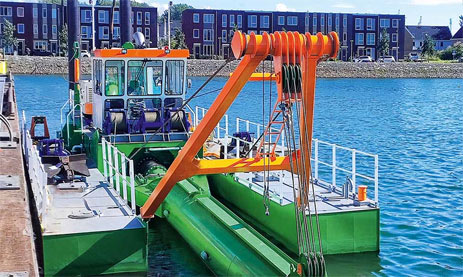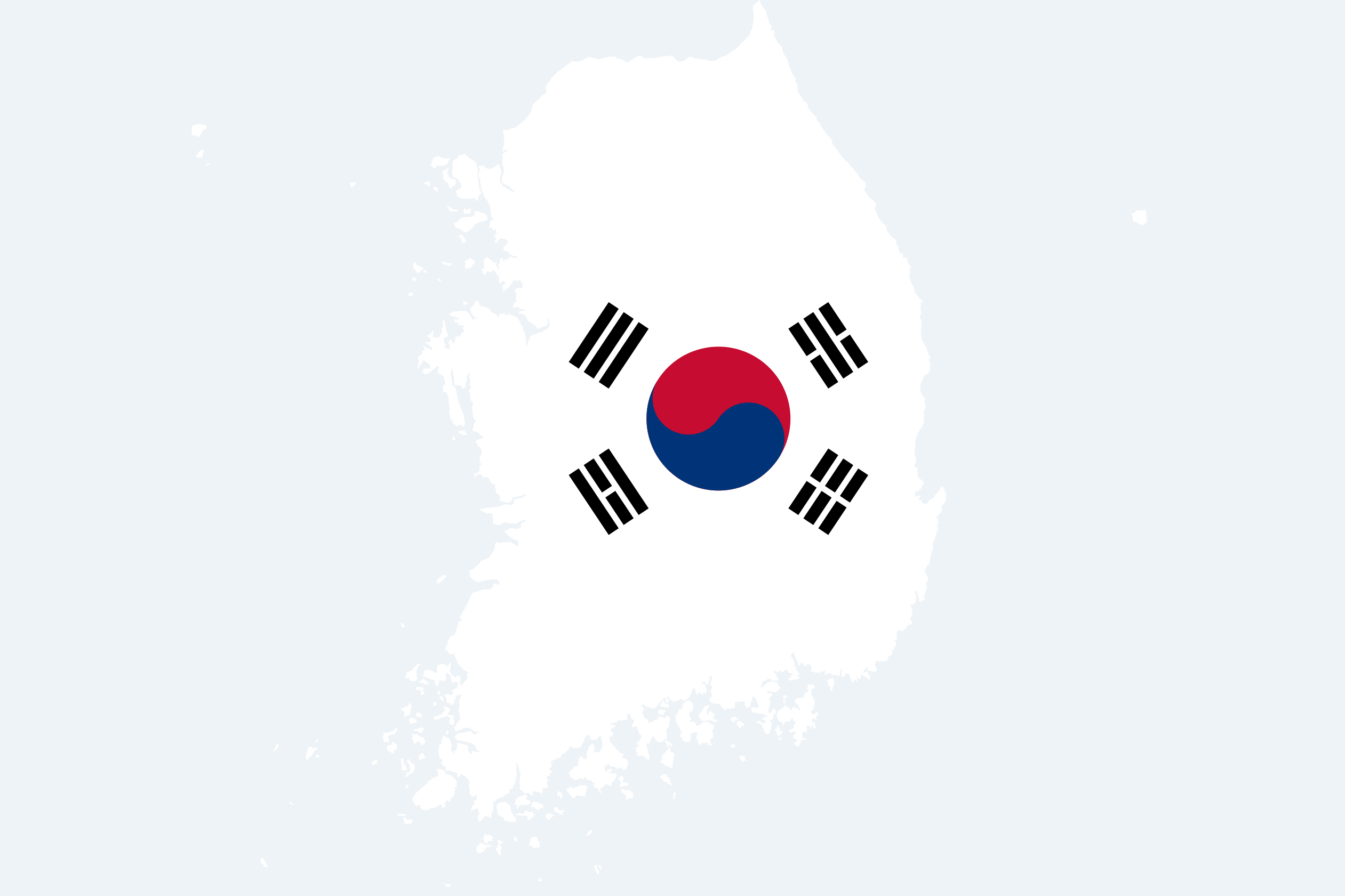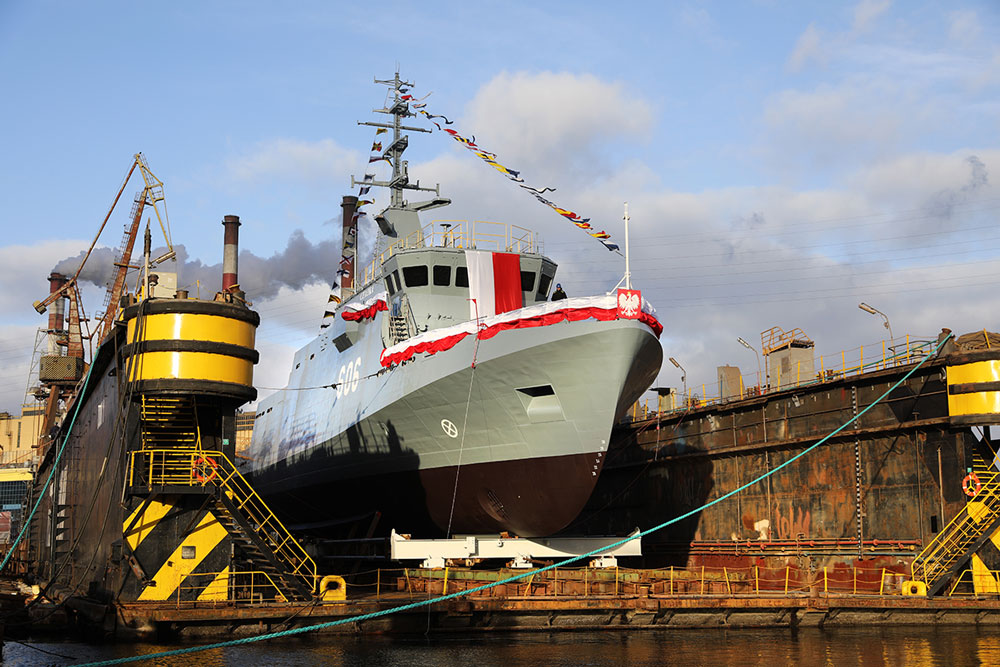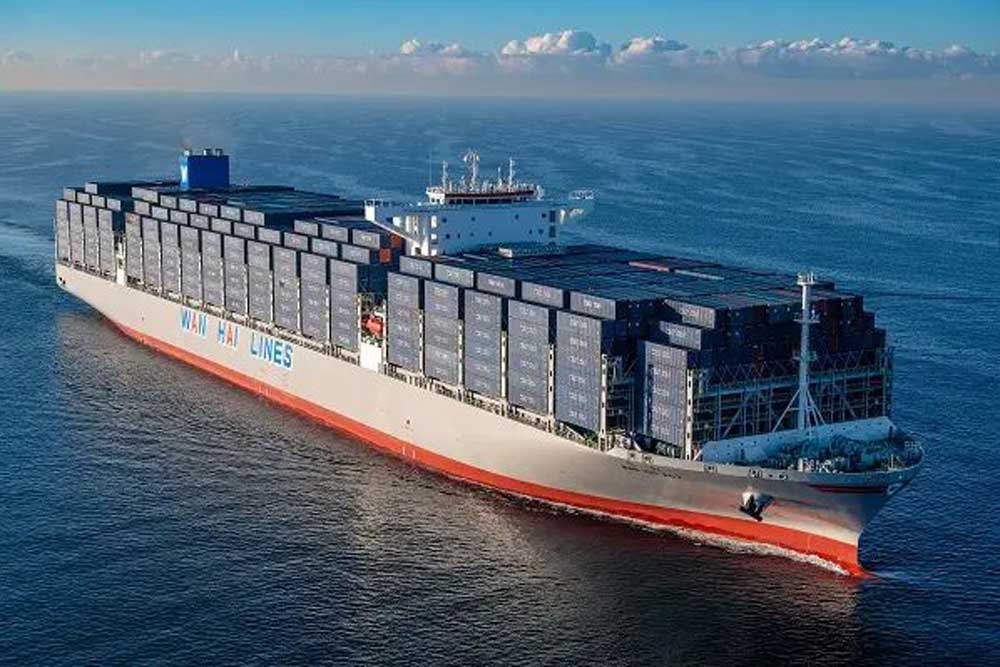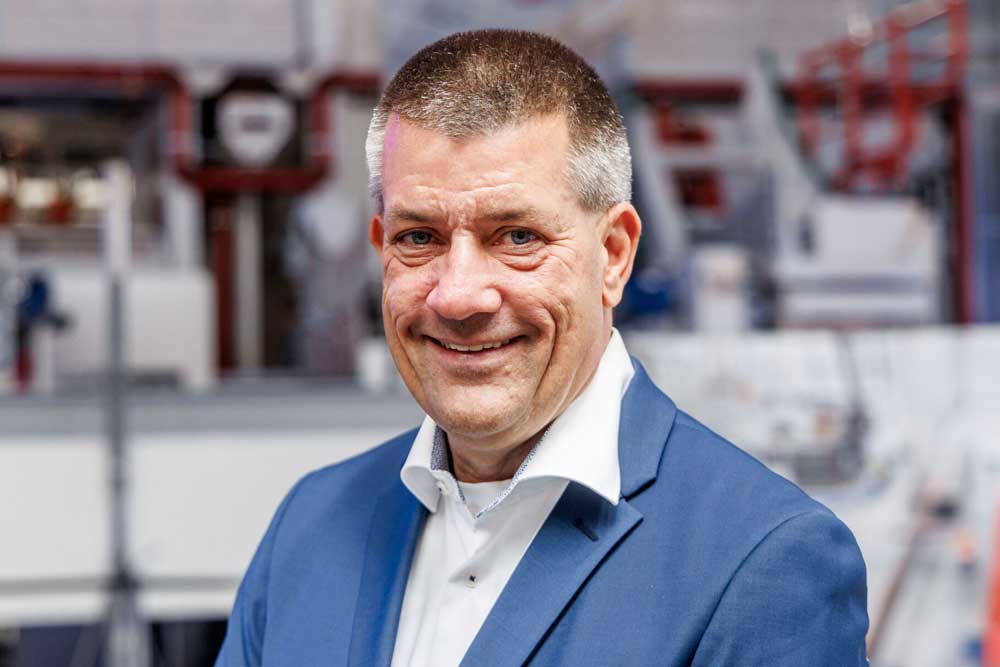Japanese shipbuilders want to make the industry internationally competitive again with an investment plan worth billions – but the pressure is great.
Japan is still one of the largest shipbuilding nations in the world – but it lags behind China and South Korea in third place. Japanese shipbuilders want to change this with an ambitious offensive: Production is to be doubled within the next ten years. The state is to invest several hundred billion yen to achieve this.
In the run-up to a meeting with the ruling Liberal Democratic Party (LDP), the Shipbuilder’s Association of Japan (SAJ) presented a plan to make the industry competitive and attract new orders from abroad – primarily from the USA. The SAJ unites 17 Japanese companies, including the industry giant Imabari Shipbuilding.
As reported by Nikkei Asia, a total of 350 billion yen (around 2.3 billion dollars) is to be invested. The money is to be invested in the modernization of old shipyards and the expansion of capacity at several locations; the measures will also focus on the automation of production. The initiative is part of a larger government fund amounting to one trillion yen ($6.6 billion), which is intended to revitalize the maritime industry. The background to this is also the efforts of US President Donald Trump, who is looking for alternative shipbuilding production to China.
10% of all container ships from Japan
According to data from the industry service Alphaliner, container ships from Japanese shipyards currently account for around 10% of the global trade volume (3.2 million TEU). In the 1990s, the country dominated global production; every second ship came from Japanese shipyards. However, China and South Korea caught up thanks to government subsidies, and Japan visibly lost its competitive edge.
In the current order books, Japanese shipbuilding only accounts for around 4.2% (0.43 million TEU). China, on the other hand, has become the industry’s undisputed superpower, with 74% of total capacity (7.5 million TEU) currently being built there, followed by South Korea in second place with a share of 20% (2.04 million TEU).
According to Yukito Higaki, President of Imabari and Chairman of SAJ, the shipyards in both countries are far ahead of their own shipyards, not only in terms of volume, but also in the construction of new LNG tankers, among other things. Japanese shipbuilders must now “act decisively” in order to remain competitive.
Without comprehensive modernization, Japan risks losing its remaining global position in shipbuilding, Higaki warned. The investment offensive is aimed at restoring Japan’s share of the global order book and supporting national decarbonization targets.
The 17 SAJ member companies plan to raise the initial 350 billion yen through loans and internal funding, but admit they have limited ability to finance the rest of the 1 trillion yen framework without government support. Yen without government support. If the plan is approved, it will be the country’s largest coordinated shipbuilding investment since the 1980s.








